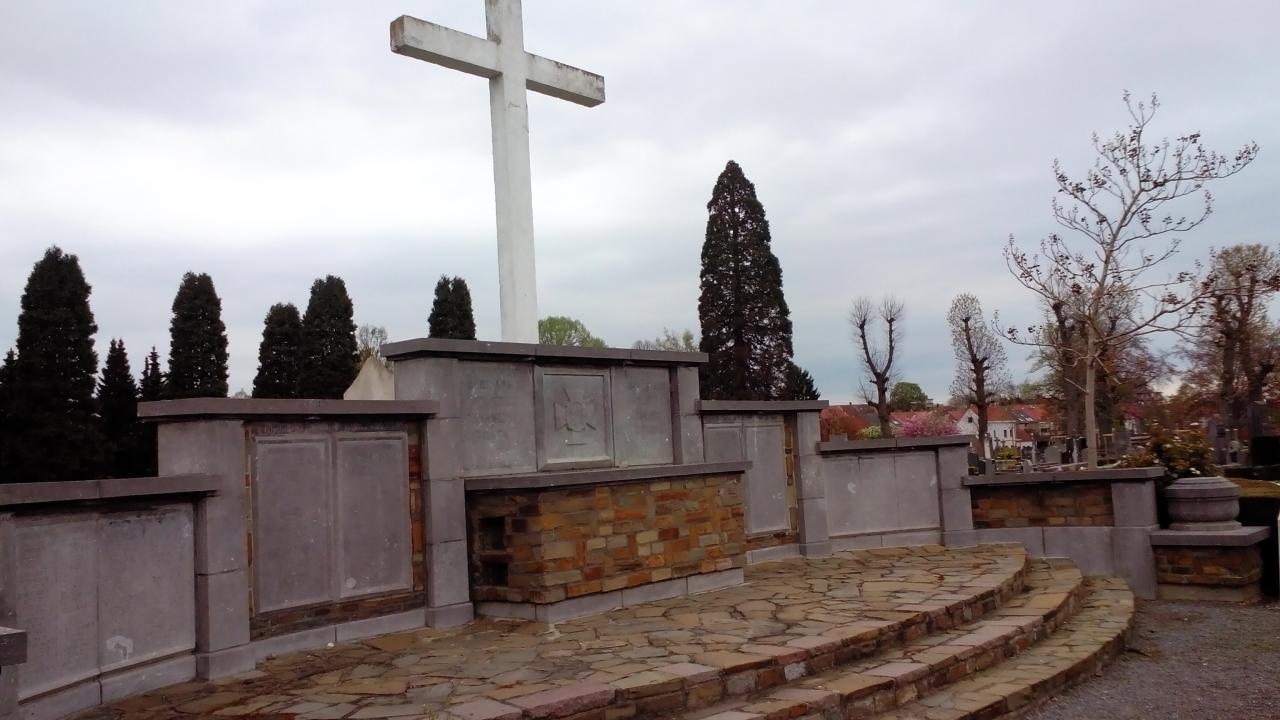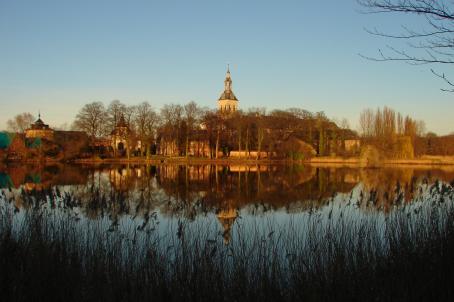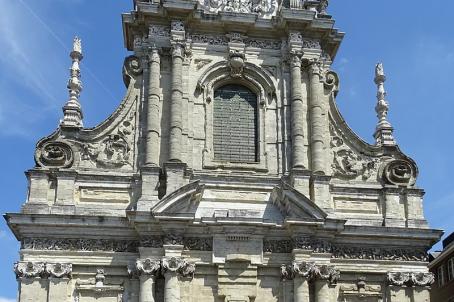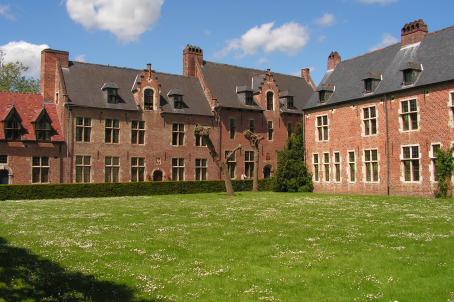Leuven Cemetery
The city cemetery on the Philipssite (near to the recognizable buildings of the former Philips factories) is the "central" Leuven cemetery, where the administration also sits.
About this building
Buried here are generations of mayors, socialist leaders, colonels from the Russian imperial army, professors, artists, fallen in social struggles or in wars, merchants and tradesmen. Between them are more modest, sometimes equally fascinating contemporary tombs. The anatomy fields are unique, for those who gave their bodies to science.






